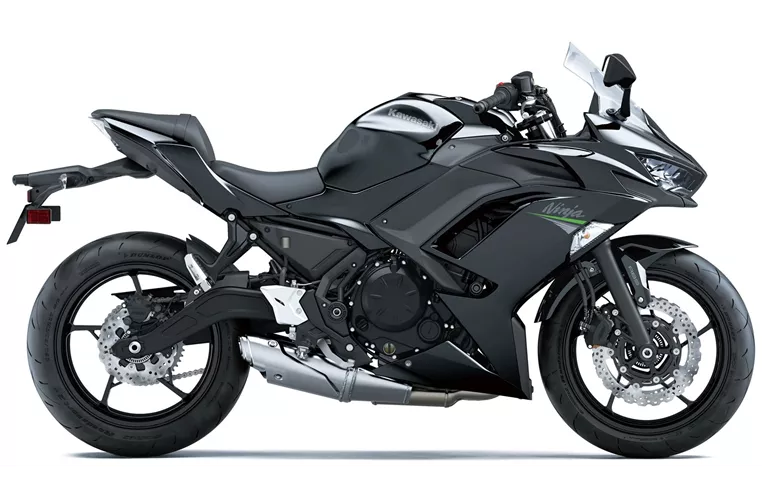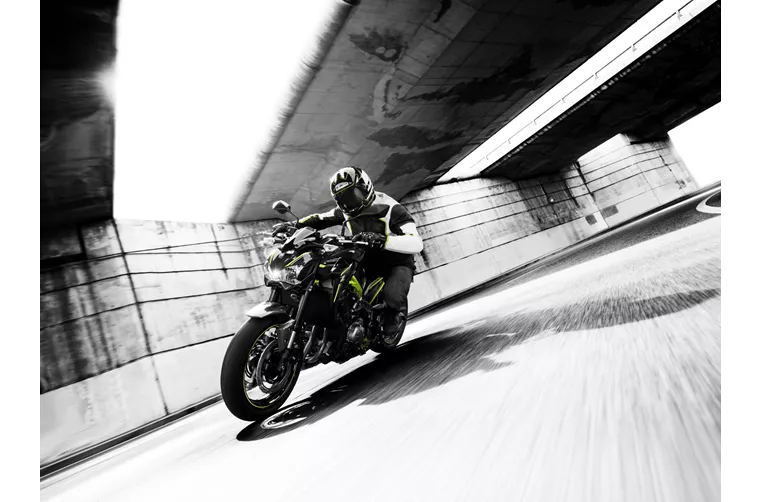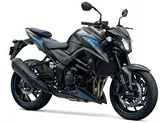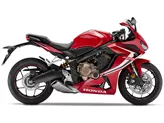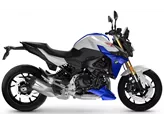Kawasaki Ninja 650 2020 vs. Kawasaki Z900 2018
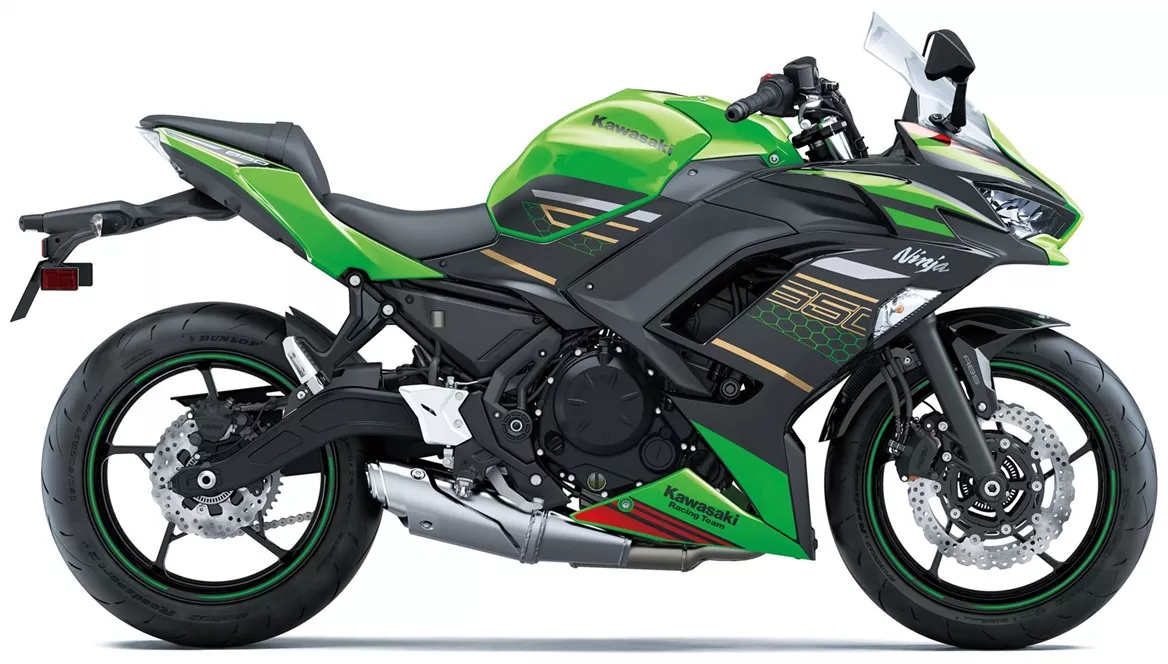
Kawasaki Ninja 650 2020

Kawasaki Z900 2018
Visão geral - Kawasaki Ninja 650 2020 vs Kawasaki Z900 2018
The Kawasaki Ninja 650 2020 and the Kawasaki Z900 2018 are both popular models from Kawasaki, but they have some key differences in terms of specifications and features.
Starting with the technical specifications, the Ninja 650 2020 is equipped with a 649cc inline twin engine, producing a power output of 68.2 HP and a torque of 65.7 Nm. It has a compression ratio of 10.8 and a fuel injection system. On the other hand, the Z900 2018 features a larger 948cc inline four-cylinder engine, delivering a higher power output of 125.4 HP and a torque of 98.6 Nm. It has a higher compression ratio of 11.8 and also uses a fuel injection system. In terms of engine configuration, the Z900 2018 offers more power and torque compared to the Ninja 650 2020.
Both models feature liquid cooling and have a similar suspension system, with a telescopic fork at the front and a monoshock at the rear. However, the Z900 2018 offers additional adjustability options for the rear suspension, including preload and recovery adjustments. This allows for a more personalized riding experience and better comfort for the rider.
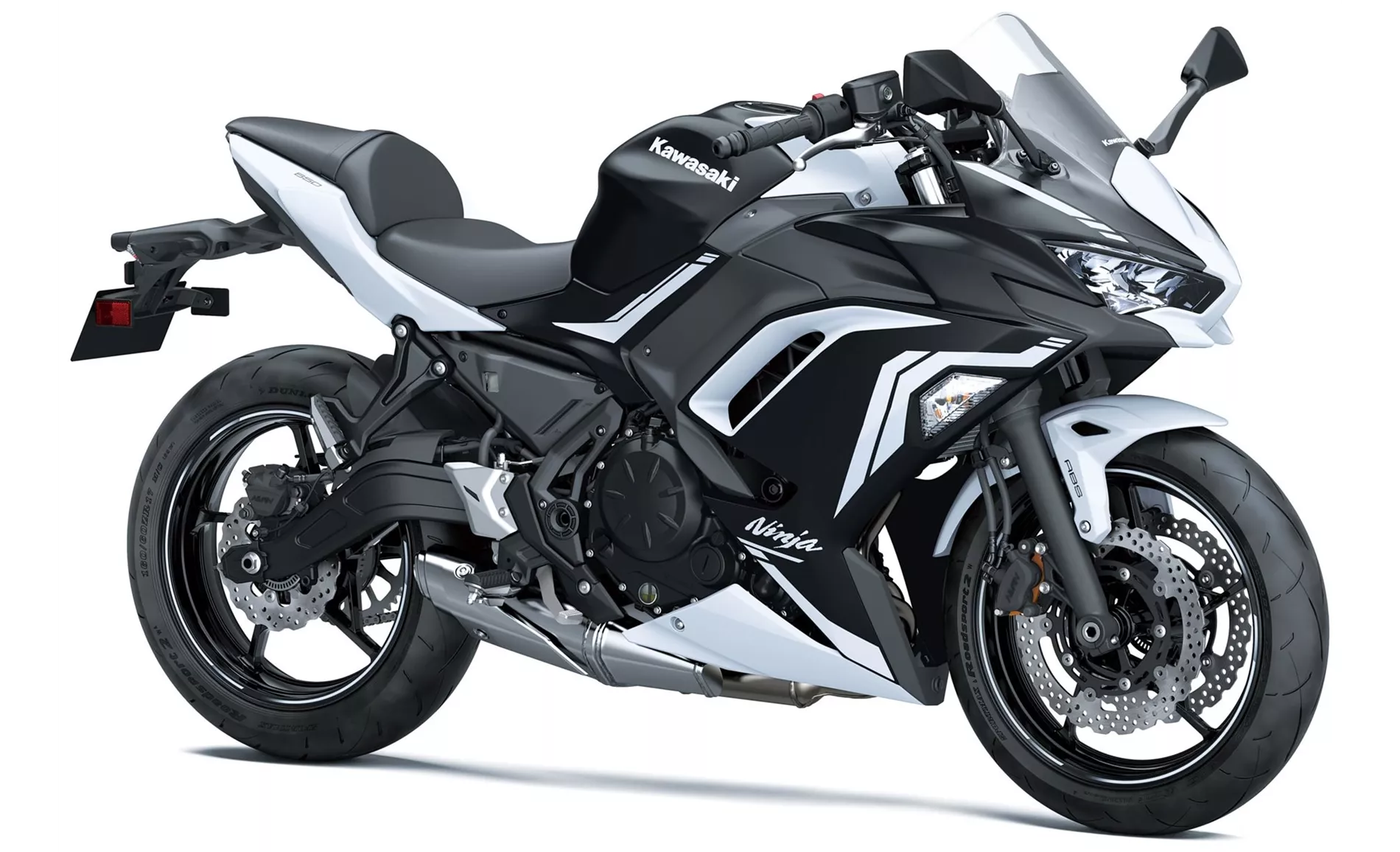
Kawasaki Ninja 650 2020
In terms of chassis, both models have a steel frame. The Ninja 650 2020 has a tubular frame, while the Z900 2018 has a double cradle frame. The Z900 2018 also has a slightly steeper rake angle of 65 degrees compared to the Ninja 650 2020's 65.5 degrees. This gives the Z900 2018 a more aggressive and sporty handling characteristic.
Both models come with ABS as a standard feature, providing advanced safety and braking performance. They also have similar tire sizes, with a 120mm width at the front and a 17-inch diameter, and a 160mm width at the rear for the Ninja 650 2020, and a 180mm width at the rear for the Z900 2018. The Ninja 650 2020 has a slightly shorter wheelbase of 1410mm compared to the Z900 2018's 1450mm, which may affect the stability and maneuverability of the bikes.
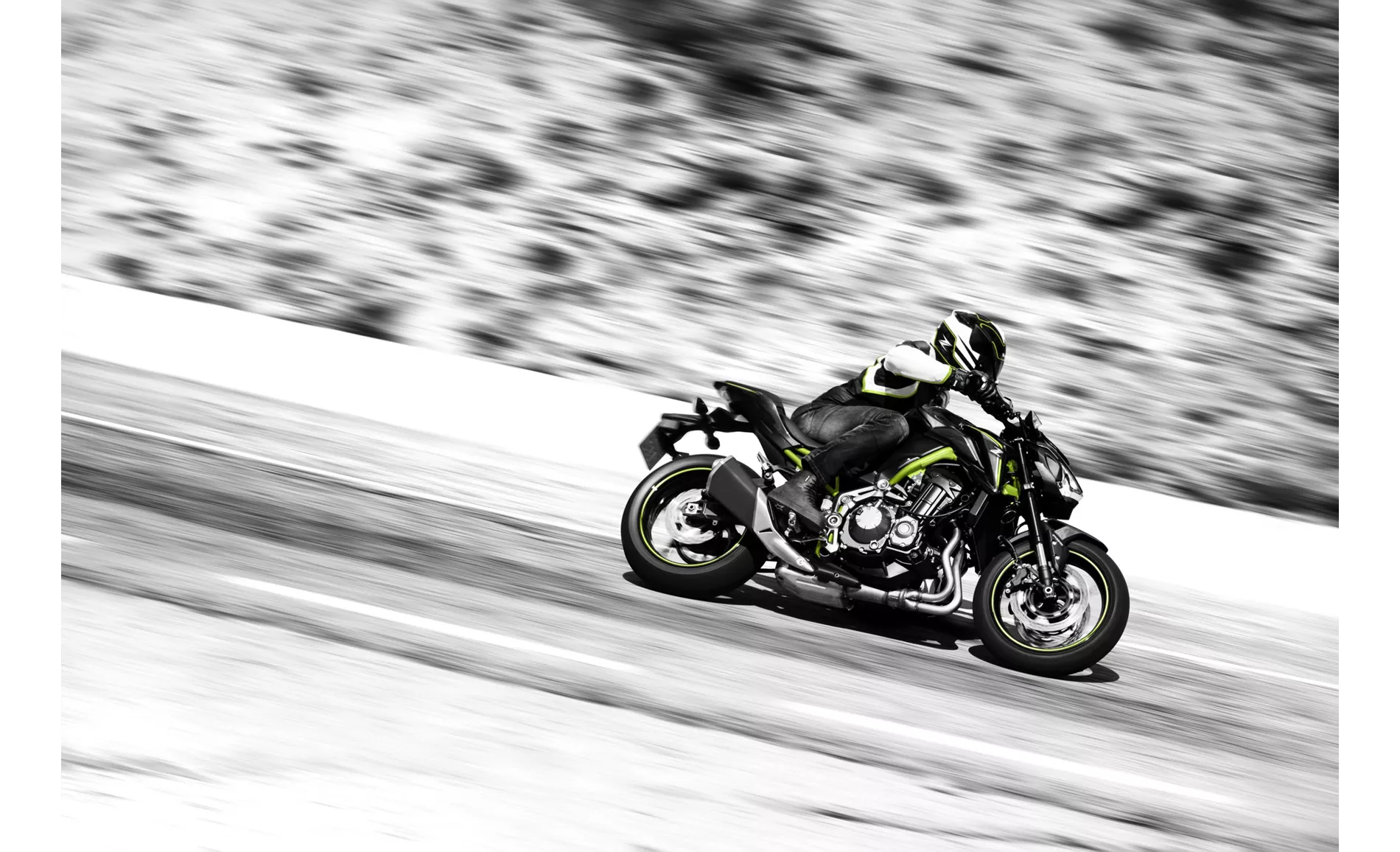
Kawasaki Z900 2018
In terms of ergonomics, the Ninja 650 2020 has a seat height of 790mm, which is suitable for beginners or riders with shorter legs. The Z900 2018 has a slightly higher seat height of 795mm. Both models offer a comfortable riding position, but the Z900 2018's lower seat height may be more suitable for riders who prefer a more aggressive riding stance.
In terms of weaknesses, the Ninja 650 2020 may be considered too delicate for taller riders, and it has a point of pressure on the front brake. It may also have limited suitability for two-person trips. On the other hand, the Z900 2018 lacks traction control and the knee angle may be tiring for taller riders over long periods of time.
In summary, the Kawasaki Ninja 650 2020 and the Kawasaki Z900 2018 are both powerful and stylish motorcycles, but they have distinct differences in terms of engine performance, suspension adjustability, chassis design, and ergonomics. The Ninja 650 2020 is more suitable for beginners or riders with shorter legs, while the Z900 2018 offers a more aggressive riding experience and higher power output.
Especificações técnicas Kawasaki Ninja 650 2020 em comparação com Kawasaki Z900 2018
Prós e contras em comparação
Prós e contras em comparação
Kawasaki Ninja 650 2020
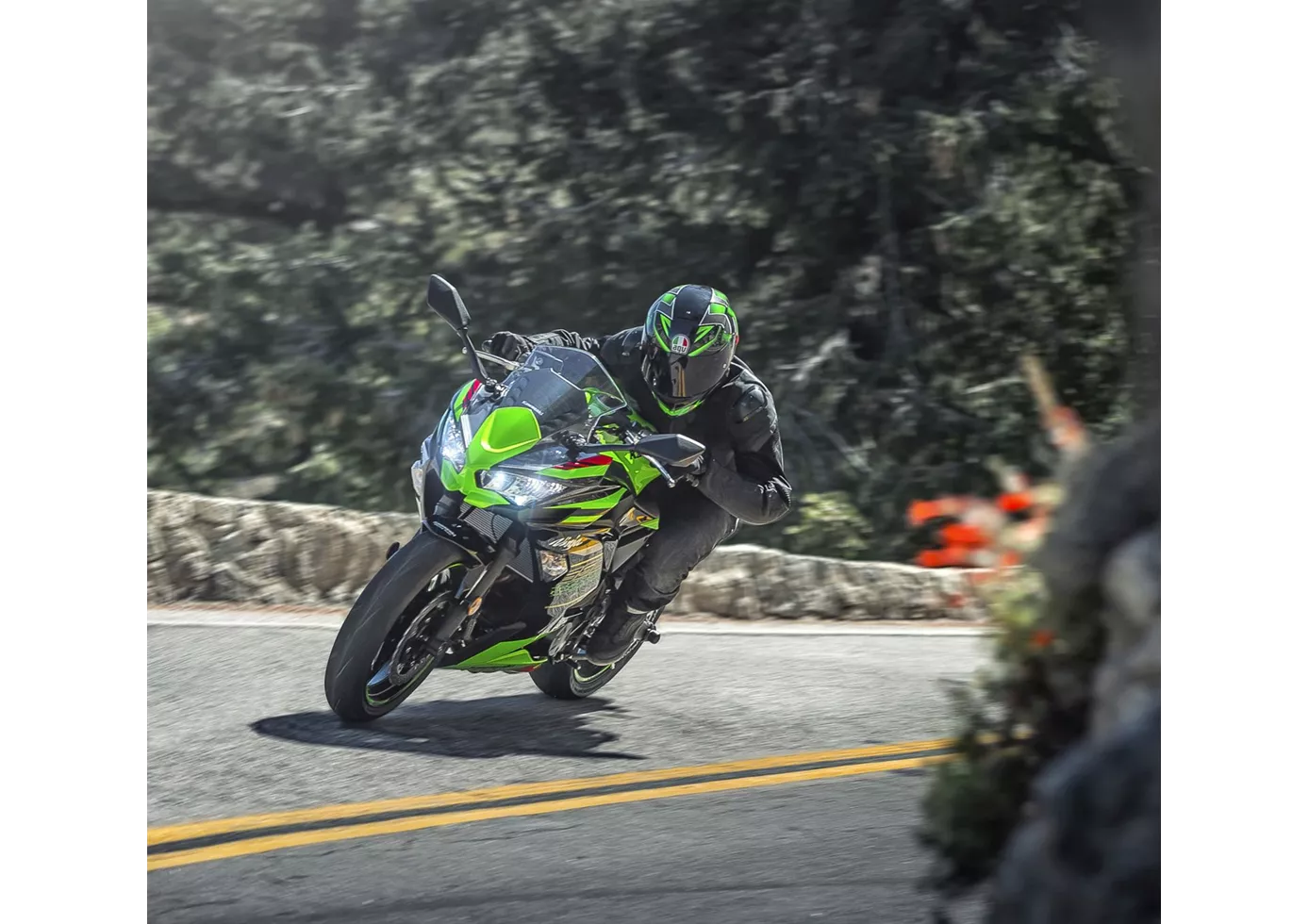
Salve a sport tourer! Com a Ninja 650, a Kawasaki criou uma representante exemplar desta classe e (espera-se) resolveu o problema da nova geração. O chassis estável e os dois cilindros decentes farão as delícias dos principiantes e dos pilotos avançados, mesmo a um ritmo mais acelerado. O travão dianteiro é um pouco bem intencionado demais, faltando-lhe um ponto de pressão transparente, apesar do bom desempenho de travagem. Outra vantagem é o ecrã TFT, que não encontramos na concorrência neste momento, bem como o aspeto adulto, que está fortemente orientado para os modelos Ninja maiores.
Kawasaki Z900 2018
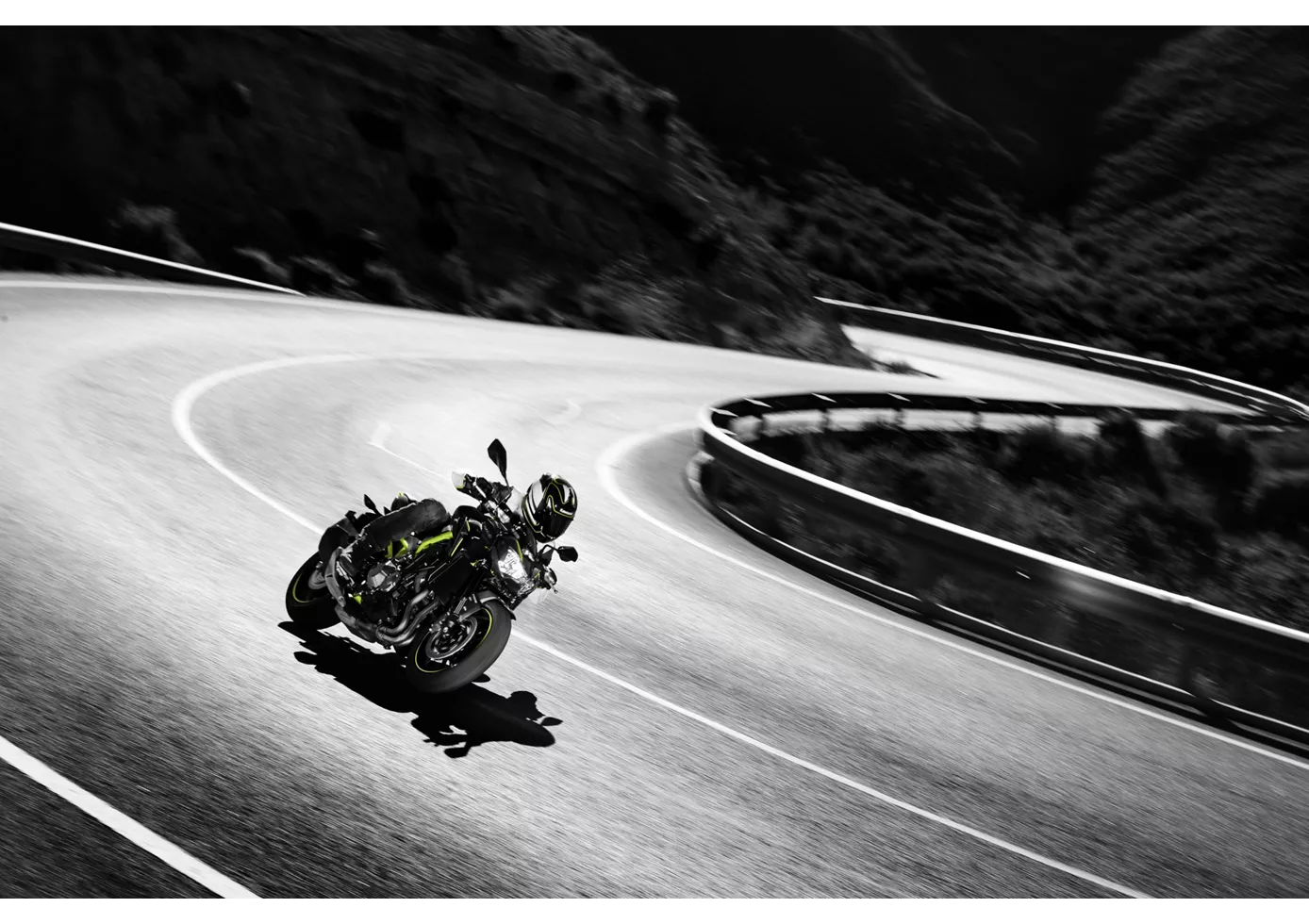
No disputadíssimo segmento das motos naked, a Z900 joga mesmo na frente. Acima de tudo, o seu motor é absolutamente fantástico, funciona de forma incrivelmente sedosa e oferece uma potência rica em todas as rotações - como convém a um quatro cilindros japonês. O seu aspeto desportivo e agressivo corresponde a isto. Não necessita de sinos e assobios electrónicos, mas ainda assim transmite muita confiança quando segue as curvas, trava e acelera. O assento baixo é especialmente benéfico para os condutores mais pequenos, mas os condutores mais altos podem sentir falta de um ângulo de joelho mais plano em longas distâncias. O baixo peso e a compacidade tornam a Z900 particularmente ágil e fácil de manusear. Um canhão desportivo que também é extremamente apelativo em termos de preço
Comparação de preços Preço médio de mercado Kawasaki Ninja 650 vs Kawasaki Z900
There are a few key differences between a Kawasaki Ninja 650 2020 and a Kawasaki Z900 2018. In terms of price, the actual average price of a Kawasaki Z900 2018 is about 25% higher. Compared to Kawasaki Z900 2018 there are less Kawasaki Ninja 650 2020 bikes available on the 1000PS.de Marketplace, specifically 10 compared to 55. It takes less time to sell a Kawasaki Ninja 650 with 75 days compared to 112 days for a Kawasaki Z900. Since model year 2017 1000PS.de editors have written 20 reviews for the Kawasaki Ninja 650 and 46 reviews for the Kawasaki Z900 since model year 2017. The first review for the Kawasaki Ninja 650 was published on 04/10/2016 and now has more than 79 600 views. This compares to more than 93 200 views for the first review on Kawasaki Z900 published on 11/11/2016.
